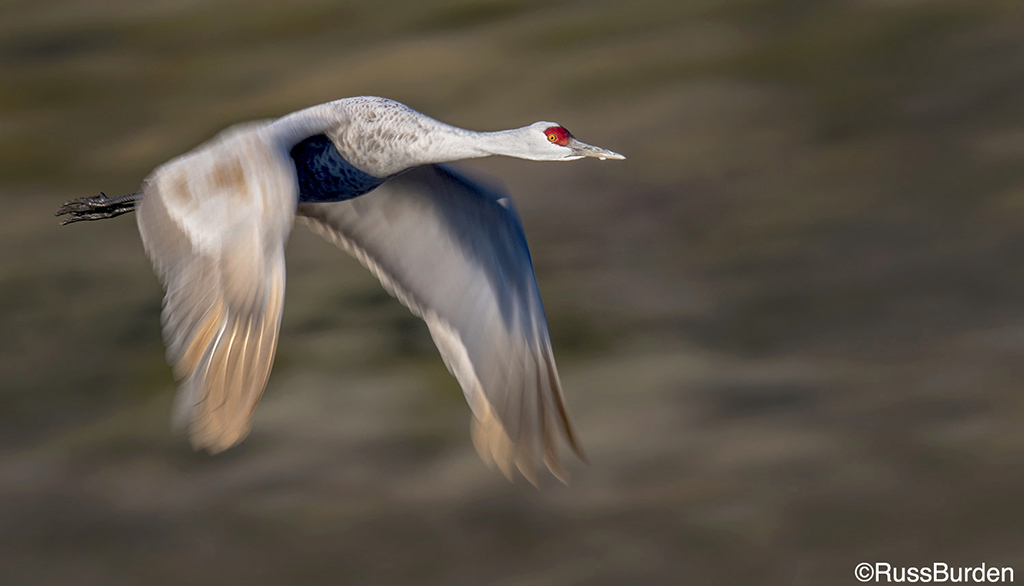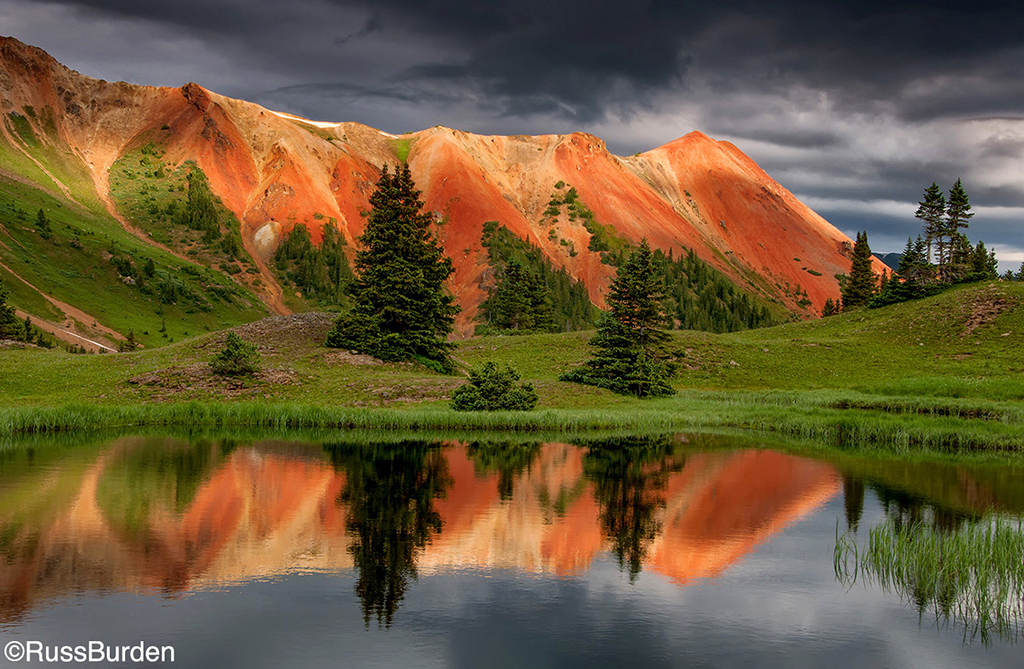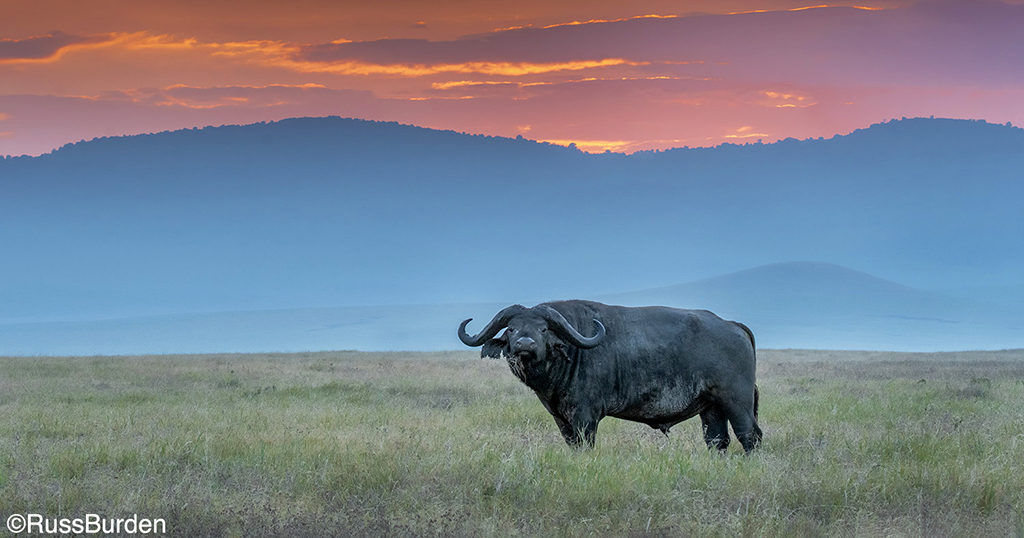Advertisement
Advertisement
Read Next

10 Action In Nature Quick Tips
As you know, nature photography isn’t...
Critically Sharp Captures
To obtain excellent-quality, tack-sharp...
Get Drenched In A Downpour Of Pixels

Get Drenched In A Downpour Of Pixels
Over 70 percent of the Earth’s...
The Amount Of Light Dictates The Strategy
Thick gray clouds, dawn, interiors,...Advertisement


Pro Tips For A Road Trip
| James Kay |
Bring A Buddy. I bring my wife, Susie. It’s great to have a person available if I want to include someone in the shot for perspective. She also comes in handy for loading up with all my heavy gear and for sending down the trail ahead of me in case there’s a bear or rattlesnake. Actually, that doesn’t work. The second person always gets nailed.
Weather Radio. When I can’t get a signal with my phone, a weather radio gives me another option for finding out what’s up with the crazy weather around me.
Binoculars. I’ll often scope out the terrain from a distance to locate potentially interesting landforms in the canyons of southern Utah. They also work well when trying to decide if those marks on the rocks in the distance are just natural markings or actually petroglyphs.
Duct Tape. 1,001 uses.
| Dewitt Jones |
Hex Wrench. An extra L-shaped hex wrench in the correct size to tighten the quick-release mount to the camera is always with me. Many quick-release mounts need a hex wrench to tighten. Not having one of these can ruin your whole trip.
Microfiber Cleaning Cloths. I carry a little spray bottle of filtered water to help clean salt spay off my lenses or filters. Keep the cloths in a
zip-top bag to protect them from picking up contaminants, which could inadvertently scratch your lens or filter.
A Sleep Mask And A Set Of Ear Plugs. Both have saved my bacon when I’m trying to get a good night’s sleep before a morning shoot when I find myself in a loud motel or a moonlit campground.
Dewitt’s Brush. I always have a good, stiff brush to clean grit from my camera and tripod. I use a shaving brush—it really helps dig sand out of crevices of your equipment. You can still buy that brush at B&H Photo. It’s called Dewitt’s Boar Bristle Brush.
| Jim Clark |
iPad With The Complete Set Of Audubon Field Guide Apps. I’m always curious as to what it is I’m photographing. For anything that I can’t identify, these wonderful apps provide not only images, but species descriptions, calls for birds and range maps. Instead of the hefty field guides, the apps give the nature photographer a very portable and lightweight library of natural history information. The apps are from Green Mountain Digital and available as downloads from iTunes.
Beanbag From Wildlife Imaging. This beanbag is designed for use on a vehicle window. The bag makes a great steady platform for my Nikkor 200-400mm VR lens or the much larger Nikkor 600mm ƒ/4 lens. The bag can be used for doing macro work at ground level, too.
Eckla Eagle Car Door Lens Support. When photographing at national wildlife refuges, I use this window mount, which provides a sturdy platform for my Nikkor 600mm ƒ/4 lens. I attach a Wimberley WH-200 Gimbal tripod head. With this setup, I’m ready to go for photographing wildlife from the cover and concealment of my vehicle.
Grip Pad. Textured rubber jar lid remover pads are invaluable for loosening filters that have been tightened just a bit too much on your lens. I can’t tell you the number of times I’ve used these at my workshops to help a student get a filter off his or her lens. I always tuck one in my photo vest.
| Justin Black |
Wellies. Knee-high rubber boots provide go-anywhere photographic freedom when working in wet vegetation, near streams and lakes or along the coast.
Gardener’s Kneeling Pad. These lightweight foam pads are fantastic when working low to the ground doing landscape or macro work. They’re worth their weight in gold in terms of comfort, and I credit them with preserving my knees.
Sleeping Bag And Pad. Few people realize that it’s legal to camp spontaneously on much of our national forest and BLM land (check restrictions in the areas you travel in). When you want to be on location for sunrise, there’s nothing like driving in close the night before to sleep under the stars in a nice warm bag. If the weather forecast is good and the area isn’t too buggy, a bag and pad may be all you need.
| Jack Dykinga |
Headlamps. I like my Petzl Tikka XP2, but I have a couple of Princetons and a Black Diamond. Whether it’s for early-morning setups, light painting or finding the way back to the truck after a long evening hike, you need light.
Really Right Stuff L Bracket. I use this to enable fast switches from vertical to horizontal compositions. It also acts as a sort of roll cage, protecting my Nikon D3X from harm.
A Hair Pick Or Large Comb. Combs are the only way to safely remove deadly cholla cactus buds when they become embedded in my flesh!
| Kerrick James |
Therm-a-Rest® Pad. Depending on the location, I carry one of these small pads. It’s large enough to place my camera bag on when the surface is less than trustworthy (think fine gypsum sand at White Sands National Monument) or to lay out a picnic lunch; it’s not a bad pillow, either.